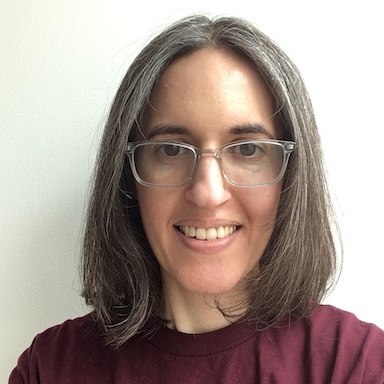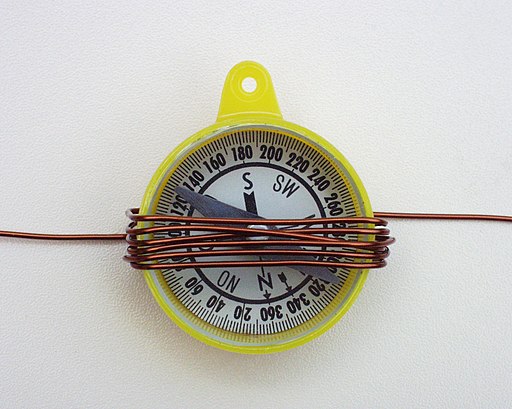It was March 2016, and Ian was in need of a job. Fairly early into his search, he was lucky to find a tiny startup in need of someone with Python architecture and design skills. By "tiny," we mean that there were only three other developers working for Jack, the founder.
Ian interviewed with Jack directly. After a technical test, he learned more about the company's pet project: a nearly-finished prototype of an iOS app. Once a user synced their phone with a wrist-worn heart rate monitor, the phone would play appropriate music for whatever the user was doing. It was primarily intended to help users reach a target heart rate while exercising. The app also used the phone's accelerometers to track the user's pace as they moved around, data that Jack claimed would be valuable for research into Parkinson's disease. He even had scientific papers from top universities to back up the claim. The prototype application, in its current state, wouldn't scale. Thus, Jack needed Ian to design a new backend system to store data and handle requests.
Jack was friendly and personable, and his enthusiasm was contagious. Ian accepted on the spot, and started the next day. His office was cramped, but it was his. He got to work designing the requested backend.
Two weeks passed. Then, early on a groggy Monday morning, Jack breathlessly pulled his dev team into a meeting room. The bright light beaming from his Powerpoint presentation drilled into everyone's retinas.
"I've been doing a lot of thinking," Jack prefaced. "We're a brand new startup. Nobody knows about us, right? We gotta do something to build up name recognition. So, here: we're gonna scrap the music part of the app, and focus solely on data collection."
Ian stifled his instinctual What?! Not only were two weeks of work down the drain, but the data collection part of the app was an entirely optional feature at present.
Jack flipped to a slide that showed the metrics he was now interested in tracking for each user. There were so many that the tiniest of fonts had been used to fit them all in. Ian squinted to read them.
"If you build a big enough haystack, a needle will appear!" Jack said. "We'll make the app free so it's a totally opt-in experience. The data we collect is the real prize."
Investment capital was spent on posh downtown office space; for free app developers, only the very best would do. Jack also hired a second iOS developer, a data scientist, and an intern.
"But don't give the intern anything important to do," Jack told the full-timers.
Once Ian settled into his new digs, he began architecting a new system that would somehow capture all the required data.
Three months later, Jack threw it out. "No apps! We need a new direction!"
Jack's new vision was a website where people would sit down and input what songs they listened to when sleeping, exercising, and performing other activities.
"People love to talk about themselves," Jack said. "They don't need to be paid to give us their data!"
A frontend dev was hired to build the website. Soon after it went live, Jack bragged to investors that the website had hit 1 million unique visitors. In reality, the site had handled around 300 submissions, half of which had come from a single person.
Three months later, guess what happened? Jack scrapped the faltering website in favor of a Slack bot that would respond to "Play ${song} by ${artist}" by looking it up on Spotify and providing a link. The Spotify widget would play a 30-second preview, or—if the user were logged in with a Spotify Premium account—play the whole song.
"That's it? How's that going to make any money?" By this point, the developers were no longer holding back their objections.
"We'll charge a subscription fee," Jack answered, undaunted.
"For a chat bot?" Ian challenged. "You already need Spotify Premium for this thing to fully work. If we want people to pay more money on top of that, we have to provide more features!"
"That's something we can figure out later," Jack said.
Jack had the intern develop the company's new flagship product, going against the wishes of Jack from six months earlier. The intern gave it his best shot, but soon had to return to school; the unfinished code was unceremoniously tossed into the frontend developer's lap. With help from one of the iOS developers, he finished it off. And what was Ian up to? Setting up monitoring dashboards and logging at Jack's insistence that they'd attract enough users to justify it.
Three more months passed. A number of "features" were added, such as the bot nagging users in the Slack channel to use it. As this behavior violated the Slack TOS, they were prevented from putting their app in the app store; Jack had to hand out links to a manual install to interested parties. The product was first given to 50 "super-friendly" companies Jack knew personally, of which only a handful installed it and even fewer kept using it after the first day. Jack then extended his offering to 300 "friendly" companies, with similar results.
Ian's breaking point came when Jack insisted he pull overtime, even though there was no way he could help the other developers with their tasks. Nevertheless, Jack insisted Ian stay late with them to "show solidarity." Finally at his wit's end, Ian put in his two weeks. His final day coincided with the general release of the Slack bot, during which he watched a lot of very flat lines on dashboards. When he left the posh office for the last time, the startup still had yet to earn its first cent.
Fortunately, Jack had a plan. After Ian left, he scrapped everything to start on fresh on a new product. No, it wouldn't make any money, but they needed name recognition first.


